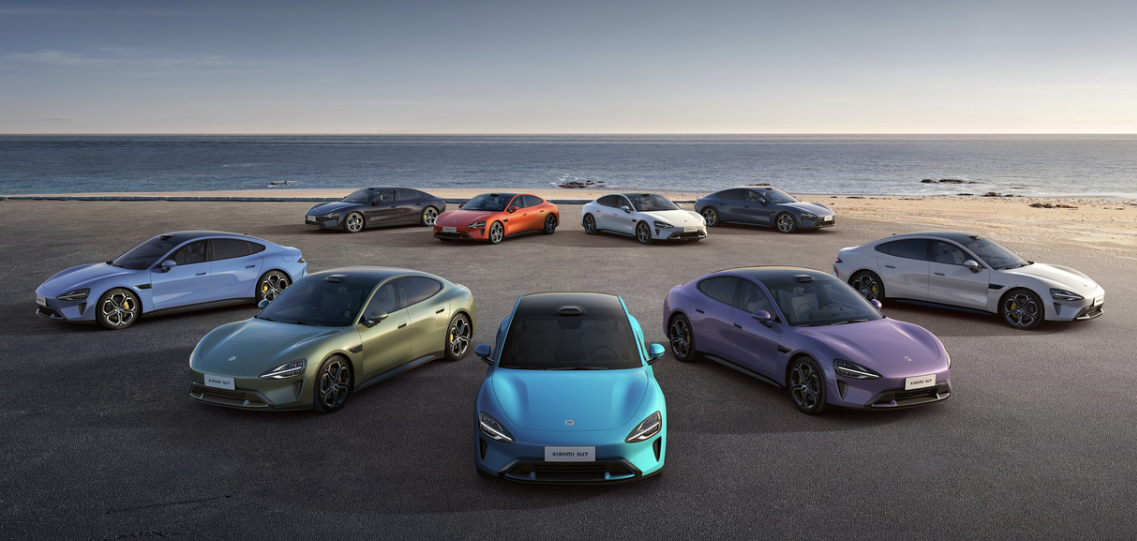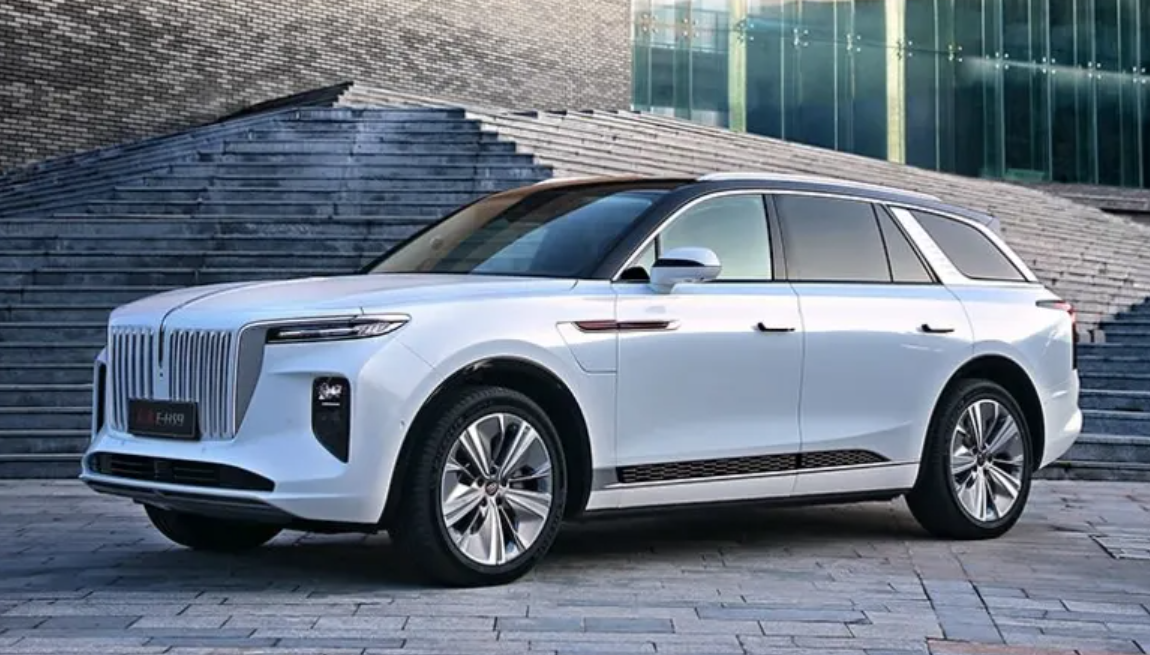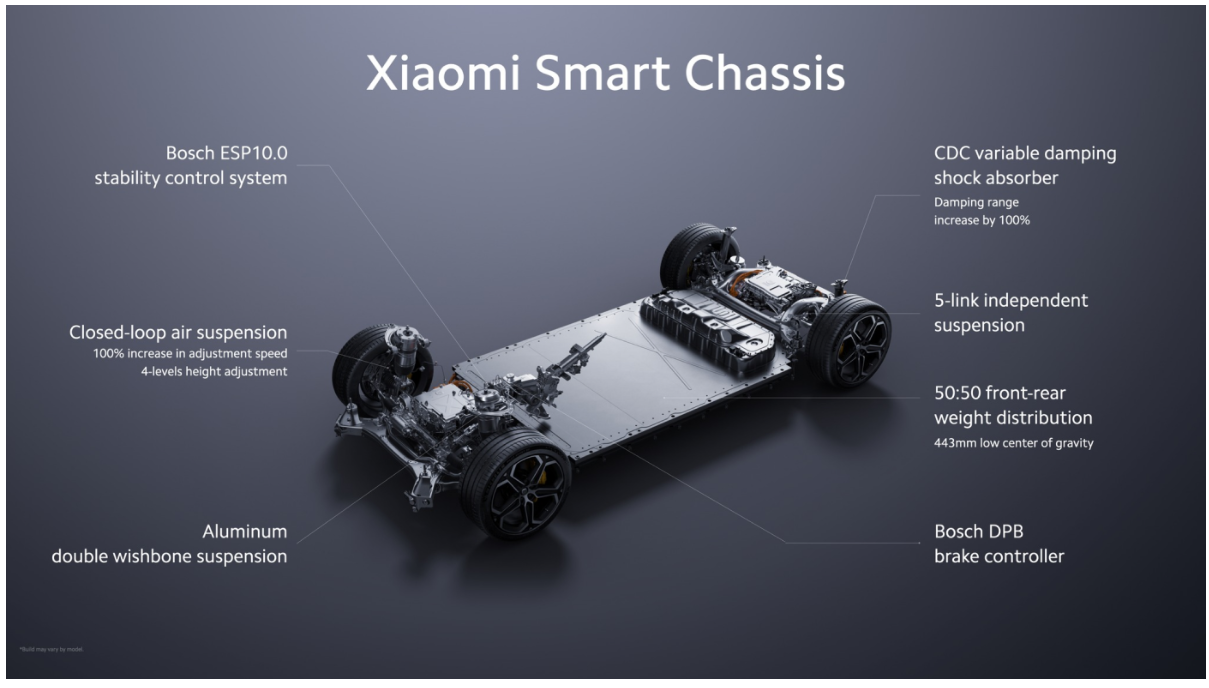Comprehensive Overview of Technologies in Xiaomi Cars
Xiaomi’s entry into the electric vehicle (EV) market has been marked by significant technological innovations, which seamlessly integrate advanced automotive engineering with Xiaomi’s expertise in consumer electronics. This article delves into the myriad technologies that Xiaomi employs in its cars, showcasing their commitment to creating intelligent, efficient, and user-friendly vehicles.
1. Autonomous Driving Technologies
Xiaomi Pilot Autonomous Driving: Xiaomi’s autonomous driving system, known as Xiaomi Pilot, incorporates three core technologies: Adaptive BEV (Bird’s Eye View) Technology, Road-Mapping Foundational Model, and Super-Res Occupancy Network Technology.
- Adaptive BEV Technology: Utilizes scenario-based perception algorithms with granularity ranging from 5cm to 20cm, ensuring wide visibility in urban environments, extended vision at high speeds, and precision in parking scenarios (Adobotech) (BusinessMirror).
- Road-Mapping Foundational Model: Redefines real-time road perception and adjusts driving trajectories intelligently without relying on high-definition maps. It can navigate complex intersections by learning from real-world scenarios and driver habits (BusinessMirror).
- Super-Res Occupancy Network Technology: Enhances obstacle recognition by interpreting objects as continuous curved surfaces rather than blocks, improving accuracy to 0.1m and mitigating adverse weather impacts through noise reduction (Adobotech) (BusinessMirror).
The hardware supporting these technologies includes two NVIDIA Orin high-performance chips, one LiDAR, eleven high-definition cameras, three millimeter-wave radars, and twelve ultrasonic radars, providing comprehensive environmental awareness and decision-making capabilities (BusinessMirror).
2. Smart Cabin and Connectivity
Smart Cabin Features: Xiaomi’s smart cabin design focuses on providing a user-friendly and interactive environment. Key components include:
- Multiple Screens: A 16.1-inch 3K central console, a 56-inch head-up display (HUD), and a 7.1-inch rotating dashboard, all powered by the Snapdragon 8295 in-car chip with AI computing power of up to 30 TOPS (Adobotech) (BusinessMirror).
- Seamless Integration: The smart cabin supports cross-device connectivity with smartphones, allowing for seamless interaction and control of the vehicle’s functions. The system integrates over 1000 Xiaomi smart home devices, enabling automatic discovery and control within the vehicle (BusinessMirror).
CarIoT Ecosystem: Xiaomi’s vehicles are designed to integrate with the broader Xiaomi ecosystem, creating a cohesive CarIoT (Car Internet of Things) environment. This ecosystem supports various smart home devices and applications, enhancing the overall user experience by connecting the car with other smart devices (Adobotech).
3. Battery and Charging Technologies
CATL Qilin Battery: The Xiaomi SU7 and other models are equipped with the CATL 101 kWh Qilin battery, which offers an impressive range of up to 800 kilometers (497 miles) on a single charge. The battery supports 800V fast charging, enabling rapid recharging from 20% to 80% in approximately 30 minutes (Smartprix).
Cell-to-Body (CTB) Integration: This technology integrates the battery cells directly into the vehicle’s body structure, enhancing safety, interior space, and structural integrity. This integration allows for a lower center of gravity, improving handling and stability (Adobotech).
4. Performance and Dynamics
HyperEngine E-Motor: Xiaomi’s self-developed HyperEngine electric motor provides high performance with a combined output of 495 kW and 838 Nm of torque. This motor allows for rapid acceleration and high top speeds, contributing to an exhilarating driving experience (Adobotech) (Smartprix).
Smart Chassis: The Xiaomi Smart Chassis features adaptive ride control, adaptive aerodynamics, and adaptive flank technology, ensuring a smooth and stable ride across various driving conditions. The chassis integrates advanced materials and design principles to enhance performance and safety (Adobotech) (Smartprix).
5. Safety and Structural Integrity
High-Strength Die-Casting Materials: Xiaomi utilizes a proprietary material called Xiaomi Titans Metal, a high-strength, heat-treated die-casting alloy. This material is selected through the Multi-Material Performance Simulation System, ensuring optimal balance and stability. The robust structure enhances crash protection and overall vehicle durability (Adobotech).
Advanced Safety Features: Xiaomi vehicles are equipped with a comprehensive suite of safety features, including a steel-aluminum alloy armored cage, 360° active safety configurations, rapid power cutoff mechanisms, and advanced heat management systems. These features work together to provide maximum protection for occupants and ensure vehicle reliability under various conditions (Adobotech) (BusinessMirror).
Conclusion
Xiaomi’s foray into the electric vehicle market is marked by a blend of cutting-edge technology and user-centric design. From advanced autonomous driving systems and smart cabin integration to high-performance powertrains and robust safety features, Xiaomi cars are poised to offer a compelling mix of innovation, performance, and connectivity. As Xiaomi continues to develop and refine its automotive technologies, it is well-positioned to make a significant impact in the EV industry.



